ARTICLE AD BOX

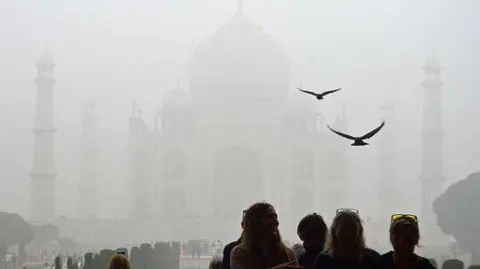 Getty Images
Getty Images
The iconic Taj Mahal in the northern city of Agra is covered in toxic smog every year
“When I stepped out of my house, it felt like I was inhaling smoke,” says Imran Ahmed Ali, a lawyer in the northern Indian city of Chandigarh.
Pollution levels in Chandigarh - India's first planned city, located about 240km (150 miles) from capital Delhi - have been at more than 15 times the safe limit recommended by the World Health Organization (WHO) for more than a month.
It is now common for air quality in the city to dip every winter, but Mr Ali says he has never felt so sick before.
A few weeks ago, the 31-year-old began experiencing a dry cough and shortness of breath, which he initially dismissed as symptoms of a seasonal cold. But as the temperature dropped, his chest congestion worsened and he went to a doctor.
“After running several tests, the doctor told me that my symptoms were caused by pollution. I’m now taking medicine twice a day to manage my breathing,” he says.
Mr Ali is among hundreds of millions of people living in northern India who are forced to breathe toxic polluted air for extended periods every winter.
According to Swiss firm IQAir, eight of the 10 most polluted cities in the world last year were located in the Indo-Gangetic plains - a densely populated region which stretches across northern and eastern India, along with parts of Pakistan and Nepal.
A recent report by the Energy Policy Institute at the University of Chicago reiterates that the northern plains - home to 540.7 million people across Bihar, Chandigarh, Delhi, Haryana, Punjab, Uttar Pradesh, and West Bengal - is the most polluted region in India. When compared with the WHO's standards, air pollution at current levels could reduce the life expectancy of people here by 5.4 years, it adds.
But as the toxic smog closes in every winter, headlines and attention are mostly focused on Delhi.

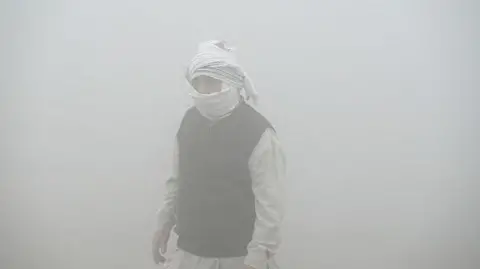 Getty Images
Getty Images
Breathing polluted air can cause serious health complications
Delhi receives significant attention due to its position as the capital of India, says Partha Basu, strategic adviser at the Environmental Defense Fund, a non-profit group focused on delivering climate solutions.
Every year, the Delhi government implements an annual action plan, which includes measures such as driving restrictions and a ban on construction activities during peak pollution periods.
Even though there is criticism that this isn't enough, most other places in northern India have not seen such proactive steps.
Mr Basu says that often, people don't associate other parts of northern India - particularly villages and small towns and cities - with high pollution.
"In [people's] minds, villages are clean, green and pristine - but that’s far from the reality," he says.
Pollution in the region is not caused by a single factor, but a combination of elements - such as construction activities, vehicular emissions, industrial pollutants and the seasonal burning of crop residue.
While many of these factors are present throughout the year, the difference in the winter months - from October to January - is the weather conditions.
The air quality worsens each winter because cold stagnant air traps pollutants near the ground, making it harder for them to disperse, says Mahesh Palawat, vice president of meteorology and climate change at weather forecasting company Skymet.
The landlocked geography of the Indo-Gangetic Plain worsens the situation. The region is surrounded by mountains and lacks strong winds, which normally help blow polluted air away.

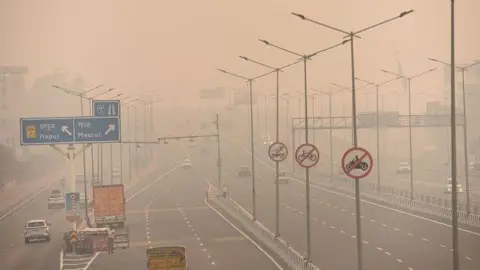 Getty Images
Getty Images
Other northern Indian cities are often overlooked as Delhi's air pollution crisis gets all the attention
Doctors and health experts warn of the risks of breathing in these pollutants.
"Patients complain of a burning sensation in their eyes and throat when they step outside. Some face difficulty in breathing," says Dr Rajesh Gupta, director of the pulmonary department at Fortis Hospital in Greater Noida in Uttar Pradesh state.
Dr Gupta says that people who are otherwise healthy also develop respiratory troubles this time of the year, and that children and the elderly are especially vulnerable.
The bleak conditions also exact a mental toll. Aditi Garg, who works in Meerut town - about 100km from Delhi - used to cherish the quiet moments on her balcony each morning.
That routine has been disrupted completely.
Since mid-October, pollution levels in Meerut have remained at levels classified as "poor" or "severe", making it difficult to breathe.
Ms Garg now spends nearly all her time indoors, next to her air purifier, trying to shield herself from the toxic air outside.
"I don't have an option but to stay inside, this is the best I can do," she says.
And not everyone has the privilege of staying indoors.
In Uttar Pradesh alone, more than 83 million people are registered as employees in the unorganised sector. The actual number is likely to be much higher.
This includes daily wage workers, street vendors and agricultural labourers who have no choice but to work outdoors, risking their health.

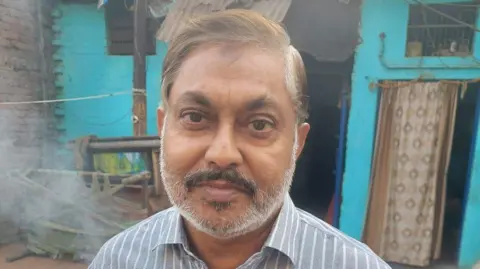
Mohammed Salim Siddiqui says it's impossible to avoid toxic air
Standing outside his shanty in Uttar Pradesh’s Kanpur city, Mohammad Salim Siddiqui gasps for breath as he speaks.
An automobile spare parts vendor and the sole breadwinner of his family, Mr Siddiqui has to brave the pollution every day.
"Two members of my family are struggling with respiratory problems because of the pollution," says Mr Siddiqui, adding that it's particularly bad in crowded slums.
"We need help," he says.
Over the years, governments in some states have made efforts to counter the pollution problem.
In 2019, India launched the National Clean Air Programme (NCAP) with an aim to reduce particulate matter (PM10 and PM2.5, tiny particles that can enter the lungs and cause diseases) levels by 20-30% by 2026 as compared to 2017 levels.
The goal was later updated to reduce PM10 levels up to 40% by 2026.
Under this programme, 131 Indian cities - including many in the Indo-Gangetic Plains - were to develop tailored plans to address local pollution sources.
While it has helped raise awareness and set goals, experts say stronger action and better coordination between local and state governments are needed to make a real difference.
Mr Basu says that the lack of dialogue remains the biggest barrier against meaningful change.
Both Ms Garg and Mr Ali echo this, saying there is barely any conversation about the toxic air quality in their cities.
"People have unfortunately accepted this as a part of their lives," says Mr. Ali.
"It's a discussion they have every year when pollution is at its peak, and then conveniently forget about - until next time."
Follow BBC News India on Instagram, YouTube, Twitter and Facebook.

 1 month ago
13
1 month ago
13

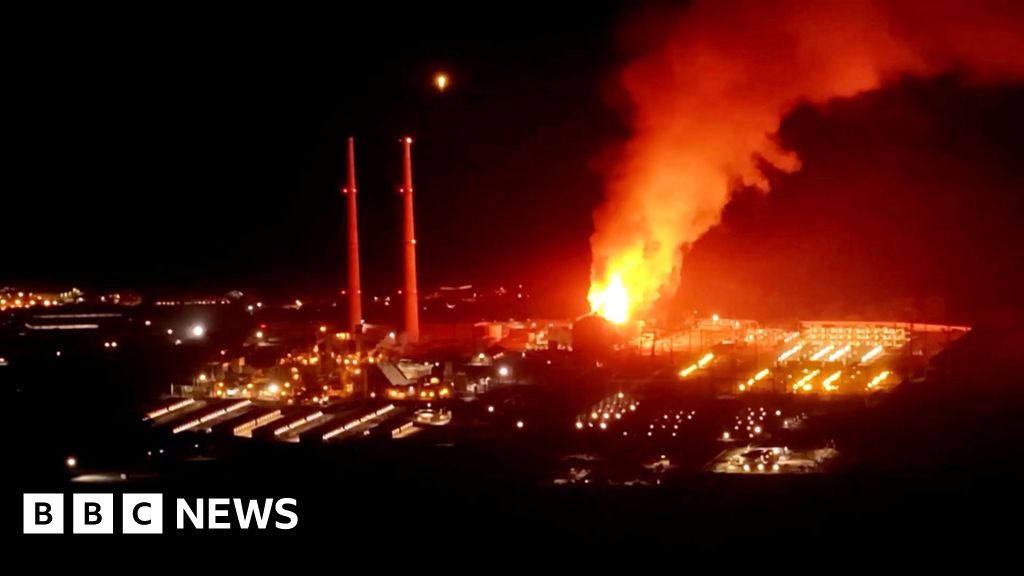
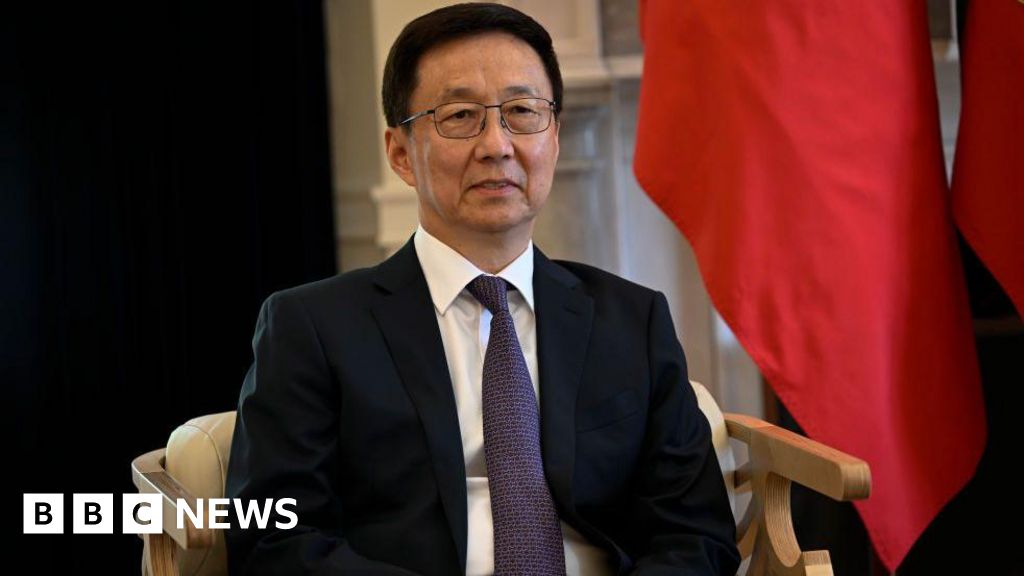





 English (US) ·
English (US) ·